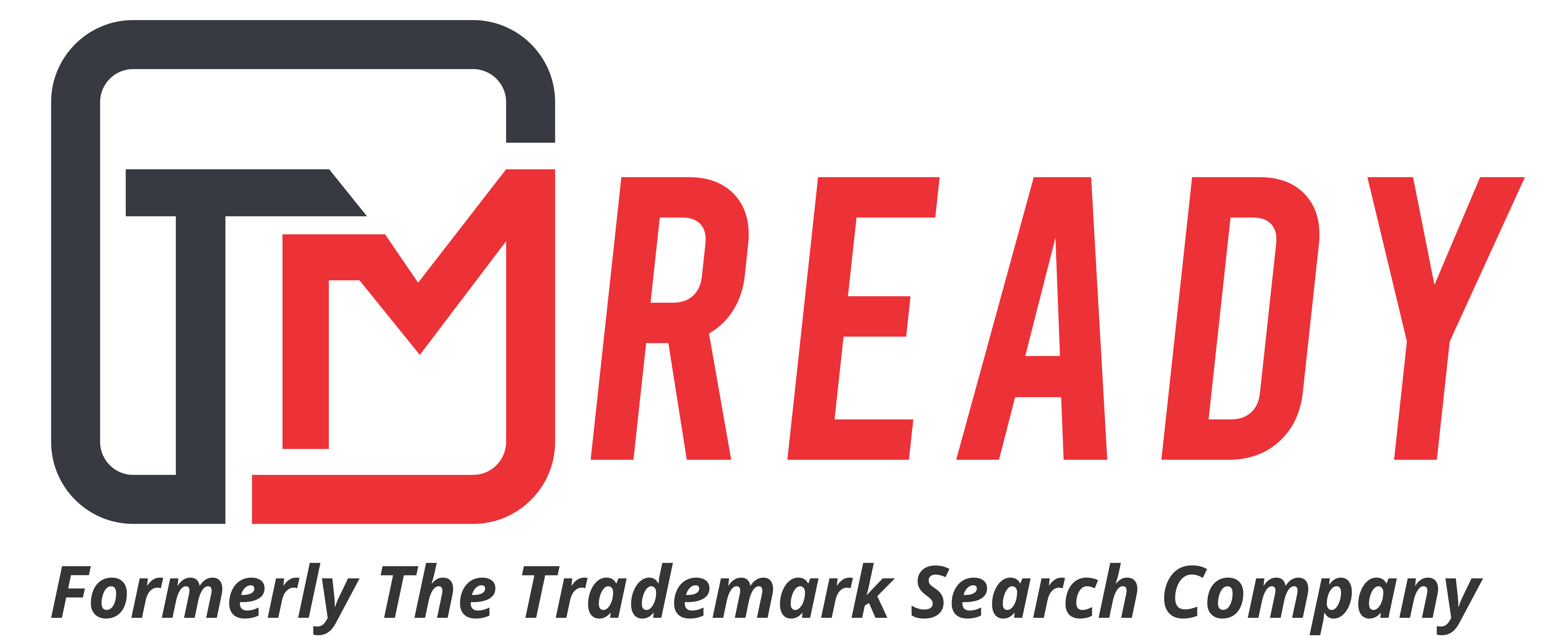- Are you planning to trademark your business name?
- Are you planning to get a unique trademark logo that helps your brand stand out in the crowd?
Wait! Before you move on to the trademark registration process, make sure your trademark is not remotely close to one of the prohibited trademarks.
This blog will specifically talk about prohibited trademarks in India.
Prohibited Trademarks In India
Indian trademark laws prohibit some specific trademarks from registration based on 2 criteria:
- A trademark that lacks distinctiveness.
- A trademark that may cause deception/confusion in consumers’ minds.
Under section 9 and section 11 of the Trademarks Act, 1999; the absolute and relative grounds for refusal of trademark registration are listed. In total, 4 sections talk about prohibited trademarks in India:
- Section 9
- Section 11
- Section 13
- Section 14
Also Read: The Ultimate Guide To Trademarks In 2022
What Trademark Cannot Be Registered In India?
List of prohibited trademark trademarks in India:
- Not-Distinctive
Common words or phrases that don’t distinguish the product/service or the brand from others. Such words have not acquired any secondary meaning. E.g., you can’t trademark the word “Red” or “Blue.”
Also Read: Important Features Of A Trademark
2. Descriptive Trademarks
A trademark that merely describes the:
- Quality (Black Coffee, Tasty Rice, or Juicy Orange)
- Quantity
- Purpose of the product
- Values
- Time of production of the products
Read more about IPAB’s opinion on descriptive trademarks here.
3. Geographical Origin/Location
Calcutta High Court rules that the word “Simla” is composite as it’s a famous city in India. Thus, the word stands unequivocal as a trademark denying the registration. E.g. One can’t trademark Kashmiri Apple as it is both merely descriptive and includes a geographical location.
4. Deception/Confusion
A deceptive or confusing trademark is not liable for registration not just in India but in most countries. E.g.
- A mark that births the likelihood of confusion among consumers. Confusion can happen due to similar or identical trademarks. Suppose someone tries to trademark “Bilseri” or “Bisslery” for “Bisleri” or “Parle-J” for “Parle-G.”
- The trademark misrepresents the brand or attempts to fraud the public.
- Trademarks that might take unfair advantage of similar or identical trademarks.
- Trademarks that might prove to be derogatory to the distinctiveness of a similar or identical trademark.
5. Customary
A trademark that has become customary/generic in the current language or present trade practices. E.g. Otis’ mark “Escalator” has now become so generic that the company itself decided to not use the trademark.
6. Religious & Scandalous Nature
- Obscene/vulgar/scandalous in nature
- Hurt religious sentiments of any class/section of India
- Incite criminal behavior
- Discriminatory to a class/citizen of India
E.g. The honorable Supreme Court in its “Lal Babu Priyadarshi v. Amrit Pal Singh” judgment made it clear that no person can claim the name of a holy text as a trademark in India. The appellant applied for the registration of the word “Ramayan.”
Further, the use of Gods in a distasteful or vulgar fashion that may cause any susceptibilities is also prohibited.
7. Prohibited Under Emblems & names (prevention of improper use) Act, 1950
8. Shape
A trademark whose:
- Shape of goods comes directly from the nature of product itself
- Shape of the product is important to get a technical result
- The product’s shape provides value to the product
9. A mark whose usage is prohibited by the passing off law, i.e., that protects an unregistered mark.
10. A trademark whose usage is prevented under the copyright law.
11. Commonly used chemical elements or single chemical compounds
12. International non-proprietary names used/declared by WHO
13. Universally accepted phrases/symbols/associations in healthcare domain. E.g. Red cross sign, AIDS symbol and symbols mentioned under Geneva Convention Act, 1960.
Also Read: Step-By-Step Procedure of Trademarking A Logo
Prohibited trademarks under the Manual of Trade Marks, Practice and Procedure
- Word “UNITED NATIONS”, letters “UNO” & the official Seal and Emblem of UNO.
- The device of an arrow on the ground that is the property of the Government of India.
- Letters “N.C.L.”.
- Letters “I.S.I.” if applied by any person or body other than the Indian Standards Institution.
- Letters “I.C.S.”,
- Letters “N.P.L.”
- Words “ASHOK CHAKRA” and “DHARMA CHAKRA”
- The device of Asoka Chakra
- The British Royal Arms, The British Crown and the Union jack
- Letters “I.S.O.” not to be used by any person or organization other than the Indian Standards Institution.
- Lord Buddha or the device of Lord Buddha.
- Shree Sai Baba” or the device of Shree Sai Baba.
- Words “Sri Ramkrishna, Swami Vivekananda, the Holy Mother alias Sri Sarada Devi or the relative devices.
- The Emblems of the Ramkrishna Math and Ramkrishna Mission
- Words “National”, and “Panchsheel”
- Common names for pesticides:-
- Letters “IR”
- Names and pictures of Sikh Gurus, i.e., Guru Nanak, Guru Angad, Guru Amar das, Guru Ram Das, Guru Arjun dev, Guru Hargobind, Guru Har Raj, Guru Har Krishnan, Guru Teg Bahadur and Guru Govind Singh
- Name and picture of Chhatrapati Shivaji Maharaj
- Letters “STC”.
- Name and/or picture of the deity of Lord Venkateswara and Balaji
- Representation of the Election Symbol of any political party in India.
Struggling With Trademarks?
Whether you are struggling with:
- Trademark Search
- Trademark Registration
- Trademark Monitoring
TMReady is here to help you out with our comprehensive and affordable trademark services. Our group of IP professionals will assist you in registering your trademark with ease and low cost.
